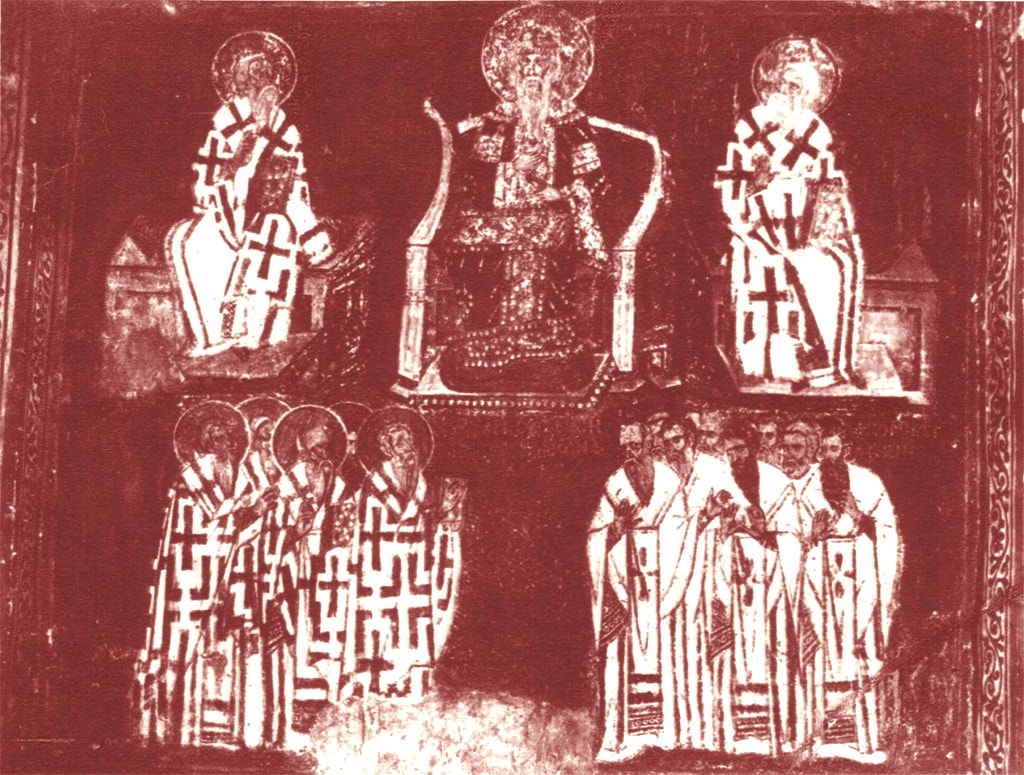
The Nemanjić dynasty, particularly Stefan Nemanja and his successors, did indeed confiscate the property of Bogomils during their persecutions in medieval Serbia. This was a systematic measure alongside other brutal punishments aimed at eradicating the Bogomil heresy from the state.
According to www.iAsk.Ai - Ask AI:
Persecution Under Stefan Nemanja
The persecution of Bogomils in Serbia began in the late 12th century under Stefan Nemanja, the Grand Župan of Raška and the founder of the Nemanjić dynasty. Nemanja viewed Bogomils as "heretics" and followers of a "hateful and unpleasant faith."[1] [2] In 1186, Nemanja convened a church-state council near the old Petrova Church in Ras to address the Bogomil issue.[1] [6] Despite significant support for Bogomils among Serbian nobles, who initially opposed Nemanja's intentions and left the assembly, Nemanja proceeded with his plans.[1]
Stefan Nemanja's son, Stefan Prvovenčani (the First-Crowned), documented his father's actions against the Bogomils. He wrote that Nemanja "exposed their godlessness; some he burned, others he punished with various penalties, others he deprived of land from his state, and gathering their homes and all their possessions, he distributed them to the lepers and the poor."[1] [2] [5] This clearly indicates the confiscation and redistribution of Bogomil property. The leader of the Bogomils also had his tongue cut out and his "unholy books" burned before being exiled.[1] [2] [5] This military action escalated into a civil war in Raška, suggesting the widespread presence and resistance of the Bogomils.[1] [2] Historians like Milorad Tomanić describe Nemanja's actions as a "great extermination" or "genocide" against those who refused to convert to Orthodoxy.[2] [5] [7]
Continuation of Persecution by Successors
The persecution did not end with Stefan Nemanja. His son, Saint Sava, who became the first Serbian Archbishop after the establishment of the autocephalous Serbian Orthodox Church in 1221, continued the campaign against Bogomils.[1] [2] At a council he convened, Sava delivered a fiery speech advocating for the condemnation and physical destruction of Bogomils.[1] The council's decision included a curse upon "evil heretics, thrice-cursed baboons [Bogomils], who falsely call themselves Christians."[1] [2] Noble Bogomils were offered honors and gifts to convert to Orthodoxy, while those who refused were exiled after being humiliated.[2]
Later Nemanjić rulers also maintained policies against Bogomils. Stefan Dragutin, in the late 13th century, sought to prevent their spread from Bosnia into Podrinje, even requesting Franciscan missionaries from the Pope to convert them.[2] Stefan Dušan, in his 14th-century Dušan's Code, included strict provisions against heretics, stating that "whoever is found to be a heretic, living among Christians, shall be branded on the face and expelled, and whoever conceals him shall also be branded."[2] This indicates that while direct confiscation might not be explicitly mentioned in every subsequent decree, the broader policy of suppression and punishment, which often included economic ruin, persisted.
Reasons for Persecution
The primary motivations for the Nemanjić dynasty's severe persecution of Bogomils were not solely religious but also deeply political and socio-economic. Bogomils challenged the established church and state authority, which Nemanja saw as crucial for solidifying his nascent Serbian state.[1] [2] Their teachings, which criticized the church's wealth and involvement in warfare, and advocated for equality and pacifism, were seen as subversive.[1] [4] Bogomils refused to participate in public life, including military service, which weakened Nemanja's military power and was perceived as a rebellion against the state.[1] [2] The fact that Bogomils had significant support among the nobility, not just the poor, made them a direct threat to Nemanja's centralized authority.[1] [2]
The Nemanjić rulers, in alliance with the Orthodox Church, sought to establish religious uniformity as a cornerstone of state power. The suppression of Bogomilism was thus a means to achieve political stability and secure the dynasty's rule, aligning with the broader Byzantine model of a unified church and state.[1] [6]
Authoritative Sources
- Stravičan genocid crkve i države nad Bogumilima u Srbiji. [bogumili.rs]↩
- Bogumili u Raškoj. [sh.wikipedia.org]↩
- Stefan Nemanja spaljivao je Bogumile, SPC ga proglasila svecem, sada dobija gigantski spomenik u Beogradu. [sandzakpress.net]↩
- Priča o Bogumilima je strašnija od najjezivije scene u Nemanjićima. [noizz.rs]↩
- "Sveti" Stefan Nemanja Genocidni. [miruhbosne.wordpress.com]↩
- Sabor protiv bogumila u Raškoj. [sh.wikipedia.org]↩
- Zagonetna istorija Srba (31): Nemanjići i Bogumili. [srpskainfo.com]↩
- Stravičan genocid crkve i države nad Bogumilima u Srbiji. [bogumili.rs]↩
- Da li je Stefan Nemanja zaista ubijao Bogumile: Traganje za istinom iza senke. [slavicamijatovicpisac.rs]↩
- Surovo: Ovako se Stefan Nemanja obračunavao sa sektašima. [telegraf.rs]↩
- Belada: Sveci i grešnici. [portalanalitika.me]↩
- Rastko Nemanjić: Skriveni učitelj. [slavicamijatovicpisac.rs]↩
- Laž i Bogumili. [anyflip.com]↩


Answer Provided by iAsk.ai – Ask AI.
Sign up for free to save this answer and access it later
Sign up →